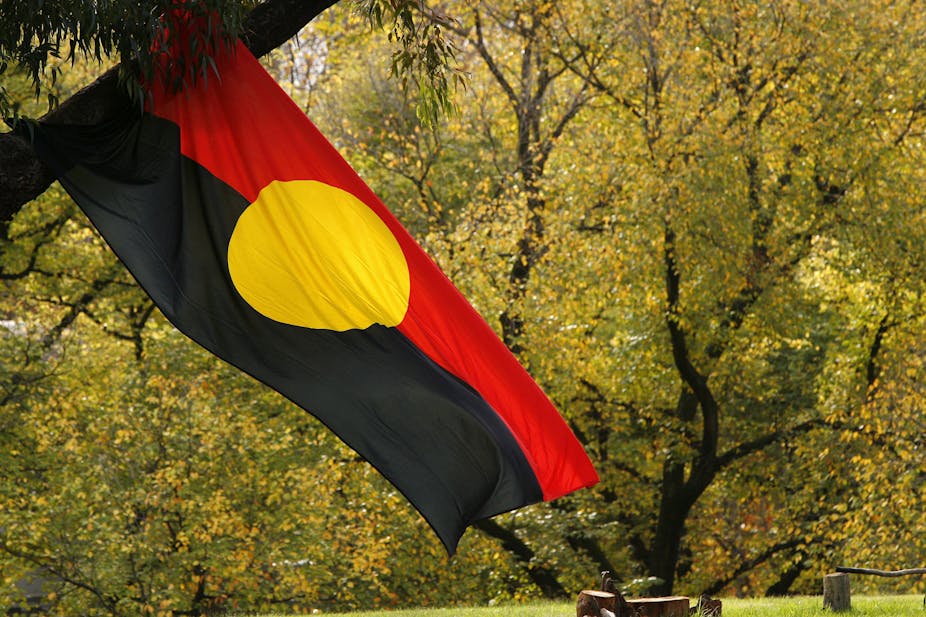Australia’s flagship institute for indigenous studies has stopped giving out research grants as it diverts funding to save a century of cultural recordings from oblivion.
The Australian Institute of Aboriginal and Torres Strait Islander Studies (AIATSIS) has a world-renowned archive of about a million items, much of which - old tape recordings of languages and songs; film and photographs - it is struggling to digitise before the material disintegrates.
A 12-year Commonwealth funding program allocating $3.2 million per year for the digital conversion of the archive ended in 2011 and was not renewed, leaving 80 per cent of the collection unconverted and prompting AIATSIS to halt its grant program, which had has been running for more than 20 years with a strong emphasis on collaborative fieldwork in indigenous communities.
As it scrambles to preserve the recorded history of indigenous Australia, the institute has also curtailed other activities, such as its outreach program of taking copies of historical and cultural material back to the communities where they were gathered up to a century ago.
It was a “massive shame” to cut back on the historical outreach program which gave people the chance to see images of their ancestors and hear their people’s lost songs and languages, but preserving as much as possible of the endangered archive must be the priority, said John Janke, executive and communications director at AIATSIS.
“It’s material that’s been collected over past 50 years by researchers: over 700,000 photographs, 10,000 video titles, motion picture, sound recordings, manuscripts, collected works of people, everything,” Mr Janke said.
With magnetic tape recordings becoming inaudible, film rotting from vinegar syndrome, and glass-negative photographs up to 100 years old decaying, “we don’t know how much has been lost already,” Mr Janke said. “We have the world’s most significant archive of indigenous recordings and research, but the dilemma for us is that we have such a backlog of material that the audio tape that we don’t get to, or the film in the canister, could be the one that contains the song or language or image that is priceless.”
“Some of those mediums could contain songs or traditions or langauge that are no longer spoken so we hope to get that before it’s lost forever. In the current crisis we are digitising those items that are at significant risk first, but at the same time we stop digitising ones which might then deteriorate.”
Jon Altman, a Research Professor in Anthropology at the Australian National University who is both an institute member and donor of research material to the archive, said that the archive held a “very, very important collection” full of unrecognised treasures, and the timing of the crisis was ironic.
“It’s interesting that we’ve got this report from the expert panel on the recognition of indigenous people in the constitution, talking about language and culture and all the rest of it from the past, but what’s there from the past and the present is under-resourced in [terms of] being properly digitised and properly looked after,” he said.
The institute was “extraordinarily highly regarded” by anthropologists and indigenous researchers around the world, and “they would be shocked” to hear that the archive is endangered and study grants stopped, Professor Altman said.
Mr Janke said the collection enjoys a wide variety of users, including Aboriginal and Torres Strait Islander people looking into their own communities or doing family histories, people doing native title research, academics and postgraduate students, indigenous media, and private companies making documentaries.
The institute applied for continued digitisation funding last year but was knocked back, yet it has applied again and wait to see what the Commonwealth’s 2012-13 budget brings, Mr Janke said.
In the online age, the institute has come to see the digitisation and dissemination of its archive as its “core business”, Mr Janke said.“We have funded it for a year out of our appropriation, but we would like it to be funded as part of our appropriation.”
Philanthropy has not been forthcoming, Mr Janke said.

